Pheasant's eye / Adonis Vernalis / is a perennial plant whose stems reach heights of up to 15.7″ (40 cm). It belongs to the Ranunculaceae family. It also goes by the names of yellow pheasant's eye and false hellebore.
Pheasant's eye has a thick rhizome with numerous blackish-brown to black roots. From this root grow many straight stems covered with trichomes. Pheasant's eye stalks are densely leaved and are wrapped with brown membranous flakes at the bases.
The leaves are orderly arranged. They have no petioles, are pointed and feathery. The leaves at the base and middle of the stem wrap around it.
The flowers of pheasant's eye are large and golden, erect and singly arranged. The fruit of the plant is oval, green, composed of 30-40 dense fibrous nuts. Pheasant's-eye blooms in March-May.
Composition of pheasant's eye

Pheasant's eye contains over 15 active cardiac glycosides which are chemically very similar to those contained in lily of the valley. Pheasant's eye is rich in flavonoids, saponins, resins, fitosterin, choline, aconitic acid. The herb has two isolated fractions of glycosides, which have an effect on heart function.
The first is adoniside, which is readily soluble in alcohol and water, but insoluble in chloroform. The second is adonivernozid - easily soluble in alcohol and chloroform, but insoluble in water.
Collection and storage of pheasant's eye
Pheasant's eye blooms in March-May. Pheasant's eye grows on dry pastures and meadows, and rocky areas in parts of western, eastern and northern Europe.
Use the entire above ground portion of the herb, cut 7.9″ (20 cm) from the top, collect it from the onset of flowering to the formation of the first green fruits. Pheasant's eye dries very quickly. Dried herbs should have green leaves and golden-yellow colored flowers, no odor, but a bitter taste.
Benefits of pheasant's eye
Glycosides in pheasant's eye increase the strength of cardiac contractions and slow their pace, expand the coronary vessels while removing swelling in cardiac patients.

Thus the ingredients of pheasant's eye assist the heart in both organic and functional heart diseases, arrhythmia, heart failure. The herb is recommended for low blood pressure, as well as a neuro-relaxing remedy for neurosis. Pheasant's eye is used as a diuretic agent.
To prepare the infusion, 1 tablespoon of finely chopped spring pheasant's eye is soaked with 1 1/5 cups (300 ml) boiling water for about two hours. Strain and drink 1 tablespoon 3-4 times daily before meals.
The main problems to look for before using pheasant's eye are decompensated heart failure, conduction disorders of the heart, tachycardia, chronic heart failure. Functional neurosis, kidney diseases that accompany cardiovascular disease, are also other indications for the application of the herb and preparations based on it.
Pheasant's eye is also given as a soothing drug. It reduces the excitability of the central nervous system, exhibits anticonvulsant effects and counters the effects of a number of convulsive drugs (cocaine, camphor, etc.). It is very often combined with bromide, valerian and other preparations.
Dangers of pheasant's eye
Pheasant's eye is a poisonous plant, and therefore should be used only with a prescription and under medical supervision. In the occurrence of negative side effects, seek medical advice immediately.
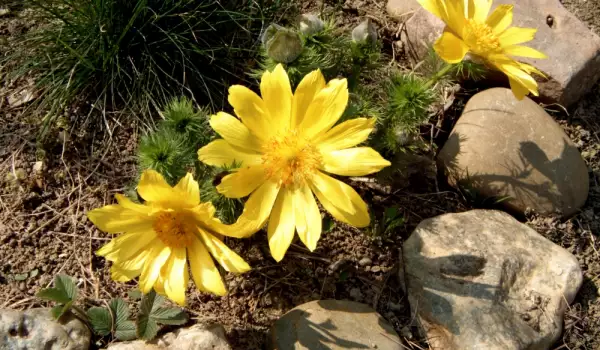
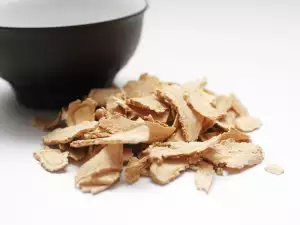
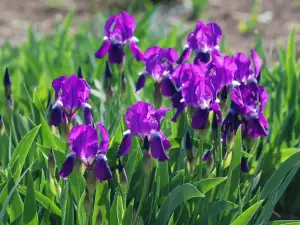







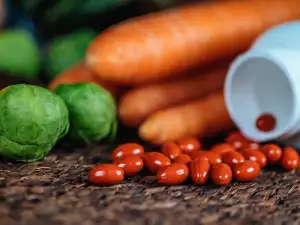

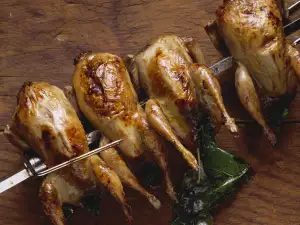







Comments